In his 1955 book On Beyond Zebra! Dr. Seuss had child readers imagining several new alphabetical letters occurring after our last one—Z. Today, I’m advocating the addition of some new punctuation and fonts. Since the last punctuation mark on my keyboard is the slash (/), we’ll venture beyond slash. Way beyond.
Let’s face it.There are times when currently available punctuation just won’t do. Moreover, the number of keys on a keyboard no longer limits us. This is the age of multi-use buttons. Software programmers could easily show one or more pop-up keyboards that replace QWERTY with alternate punctuation marks and fonts. If we can have innumerable emojis and emoticons, we can certainly add some fresh punctuation marks.
Many others have proposed new punctuation marks that haven’t caught on yet, but should. You’ll enjoy other blog posts on this topic by Adrienne Crezo, Randy Krum, Keith Houston, and Zachery Brasier. I’ll start my list with marks advocated by others, and finish with two of my own invention.

The ElRey Mark is a variant of the exclamation point invented by photographer Ellen Susan. The original intent of the exclamation mark was to denote very strong feelings or loud shouts, like “Stop!” or “Watch out!” However, people now use it even for mild emphasis, as in “Thanks!” Named for ‘The King’ in Spanish, the ElRey Mark’s intent is to express a moderate amount of excitement or optimism. However, given the two dots in the ElRey Mark, I’d propose swapping it with the Exclamation Mark, so that ElRey would denote the stronger emphasis.
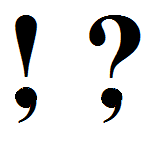
We really need the Exclamation Comma and especially the Question Comma. They would permit exclamations and questions within a sentence, rather than having to reword them to occur at the sentence’s end. Invented and patented by Americans Leonard Storch, Haagen Ernst Van and Sigmund Silber in 1992, the symbols didn’t catch on and their patent has lapsed.
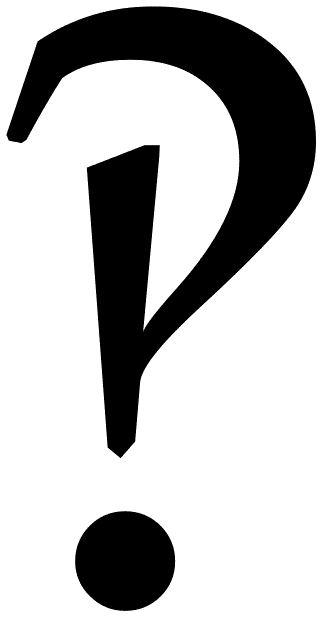
An advertising executive named Martin K. Speckter came up with the Interrobang in 1952. It combines the exclamation and question marks for those times when it’s tough to choose between the two, but your editor will only permit one, as in: “What? Now you tell me you don’t know how to land the plane?”
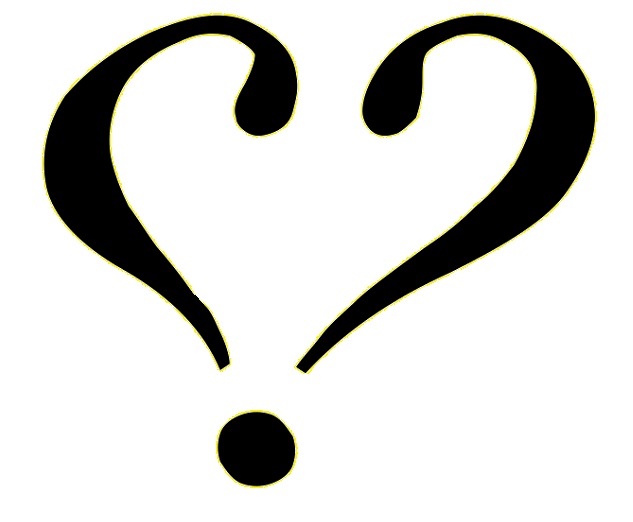
I love the Love Point, invented in 1966 by author Jean-Pierre Marie Herve-Bazin. Yes, authors should be able to express the emotion of love through words alone, but the Love Point would add a charming emphasis to it. Couldn’t the world use a little more love?
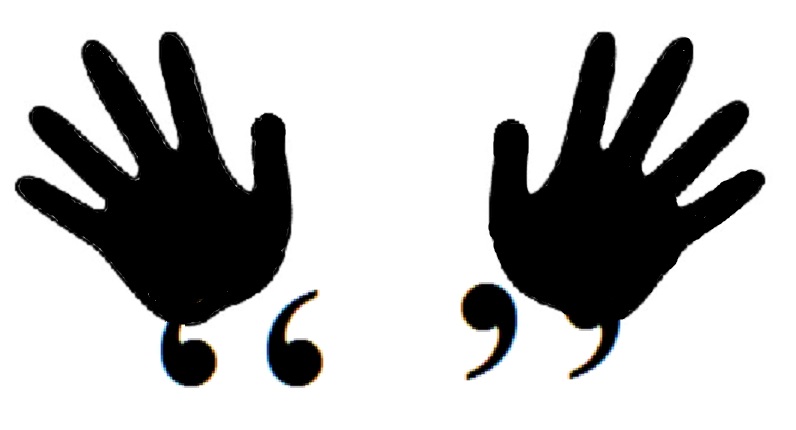
Quotation marks are supposed to be for actual quotations, so there’s a need for a way to denote“air quotes” indicating what someone should have said or seems to be saying. Mockquotation Marks would serve that need in a visually obvious way. As near as I can determine, we can thank Mike Trapp of collegehumor.com for these marks.

I’ve added the Doubt Point to my list, not because I think it’s particularly useful to express doubt through punctuation, but because it looks so Seussian. It was another creation by Jean-Pierre Marie Herve-Bazin.
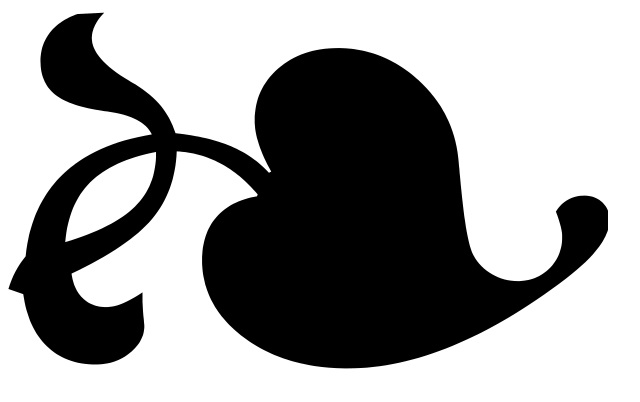
Here’s another punctuation mark I’d love to see for its appearance alone. Originally called the Hedera when used by the Ancient Greeks and Romans, the French renamed it the Fleuron, the name I prefer. Although they used it to separate paragraphs, I don’t care what we’d use it for; I just like the way it looks.
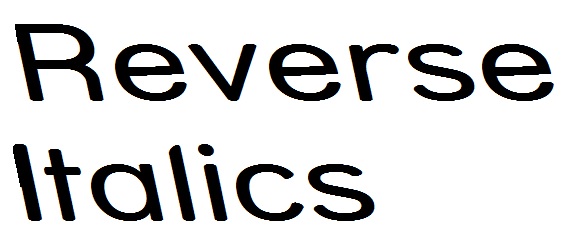
Now we come to my own inventions. Others have proposed reverse italics for other purposes, but I’d used them to add emphasis to a word or two within an already italicized section. It’s common to do that by putting that word in normal font, but that just doesn’t do it for me. Reverse italics would be a way of nesting emphasized words.

We’ve saddled the apostrophe with double duty for too long, and it’s often misused and confused. The apostrophe’s original use was to substitute for letters we’re not showing. We call those contractions, like don’t for do not. However, we use the same mark for possession. Allow me to introduce the Possesstrophe. It even looks like two arms reaching out to possess the word or phrase beyond the ‘s.’ The Possesstrophe would resolve the need to remember the rule for it’s as a contraction and its as a possessive.
What do you say? Let’s get some of these new marks accepted in standard usage. Go on beyond slash with—
Poseidon’s Scribe
